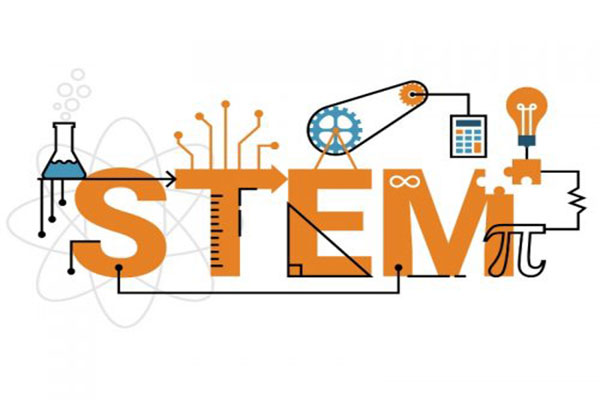
As a result, it has found application in a wide variety of industries and job roles including aerospace engineering, astrophysics, biochemistry, chemical and civil engineering, computer science, nanotechnology, robotics, and more. It is very interesting to also observe how schools have started incorporating this discipline effectively and efficiently in their curriculums. It is the practical advantages of STEM education because of which it has a huge edge over other conventional modes of education as well.
Cognitive Abilities
STEM education utilises a framework of embodied learning by means of practical, application based teaching, which aids in effectively developing the decision making and strategizing skills of children. It also improves spatial cognition and reasoning skills, helping find application in several fields like mathematics, physics, chemistry, engineering, and the geosciences. The use of embedded instructions makes it easier to engage learners and command their attention to de-contextualised information placed in a meaningful situation. This helps create a rich sensory experience that speeds up learning, deepens engagement, improves focus attention, and generates genuine
excitement.
Career Outcomes
STEM helps incorporate industry defined skills, talents, and specialisations in children, so they can pursue the careers which are most in demand currently. As a result, it helps working professionals define their own roles and career outcomes and meet the demand graph in international domains. At GIIS Chinchwad we understand that children need to be wired for skill development that will be required after 10 years when they step out in formal workspace. Running a programme that compliments the skill development in the STEM learning space has not only activated my faculty towards a new paradigm of learning but has beautifully involved my students to engage
meaningfully.
Engineering For Kids, America’s award winning learning programme, and the STEM programme implemented by Global Indian International School (GIIS), Chinchwad, makes learning fun with the help of Kelvin, the mascot for the programme, who is well loved and adored by kids. It requires equal participation from teachers and parents, as the latter must also encourage their children to pursue STEM activities and increase awareness and interest at home and in extracurricular activities, of the merits of STEM education.
Some of the ways in which we at GIIS Chinchwad highlight STEM learning are:
Being integrated into the curriculum, Engineering For Kids has helped students enhance their problem solving skills, discover how things work, explore engineering as a career option, engage in real world engineering problems, promote critical thinking, improve creativity, collaboration, communication, and more. Creating a fun environment, it helps students explore the concepts of building and construction through hands-on exploration and design, with practical knowledge of the engineering behind skyscrapers, bridges, roads, and more.
Through Environmental Engineering classes, the Engineering Design Process helps design, create, test, and refine basic solutions pertaining to alternative energy and environmental issues, and learn the principles behind crafting efficient wind-powered machines and discover how those machines can be used to help reduce the use of fossil fuels.
Through a side-scrolling, Super Mario-like platform game, students can programme characters and a two-dimensional obstacle course, where they attempt to avoid or overcome enemies and reach an end goal on multiple levels.
As part of the Master Robotics Engineering for grades 6 to 8, the LEGO® Rescue EnviroBots programme allows students to design and programme robots to help accomplish environmentally friendly tasks, such as transferring nuclear waste, mining raw minerals, delivering food and goods and learning how to contribute to a more sustainable environment.
Teachers are also being trained to conduct learning modules and workshops based on the STEM principles, using interactive, easily identifiable scenarios and situations. This has helped build an education system that not only revolves around teaching students a predefined set of disciplines and subjects, but rather, knowledge they can actually use in the real world and throughout their lives, thereby leading to a better future ahead for all.
The author is Dr. Amrita Vohra, principal, Global Indian International School, Chinchwad .